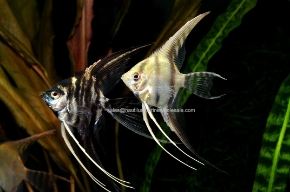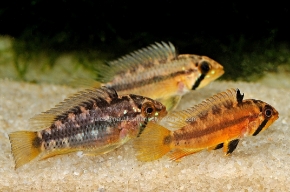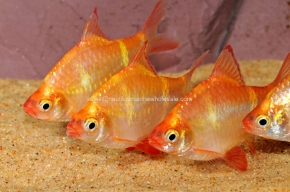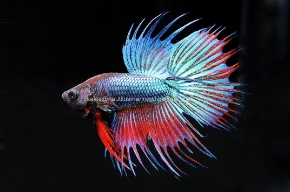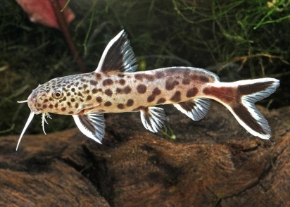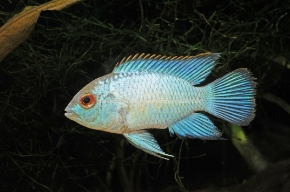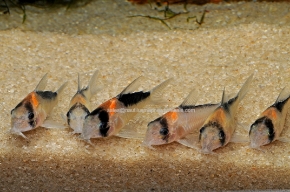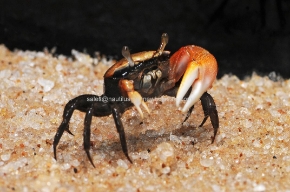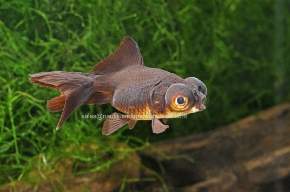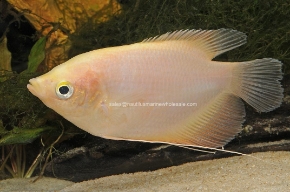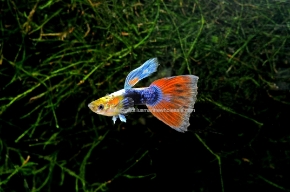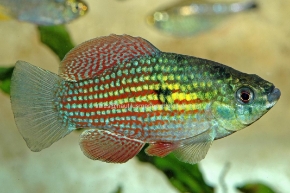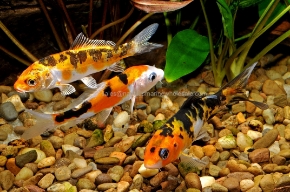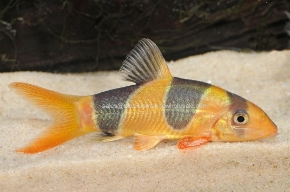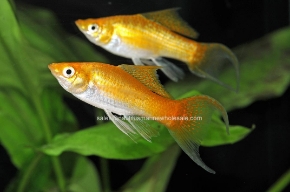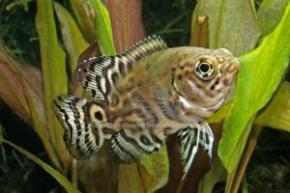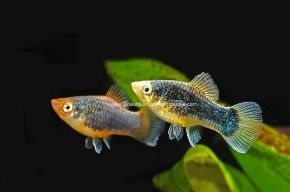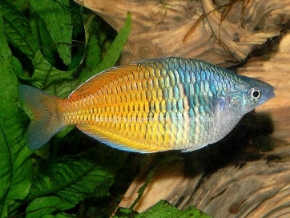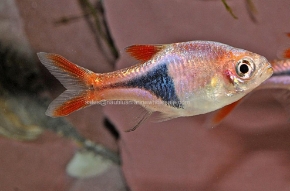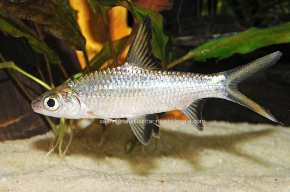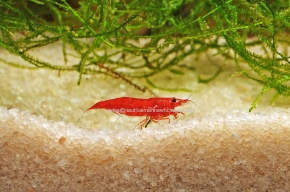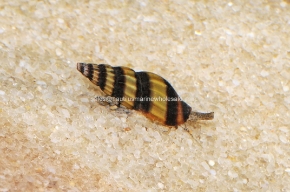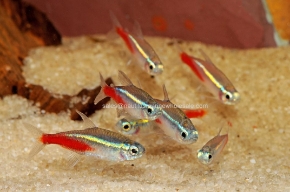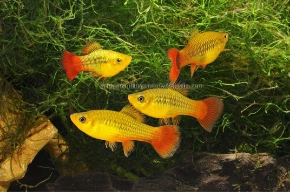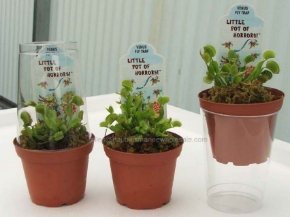SCIENTIFIC NAME: MICRANTHEMUM UMBROSUM Baby Tears, Micranthemum umbrosum, is originally from the USA and can be found in most of the southeastern states from Texas to Florida to Virginia in small ponds, ditches, and streams. In its natural habitat, it frequently grows emersed in the summer and submersed in the winter. While it has been in the hobby for quite some time, it has only recently become more popular, as aquariums providing the conditions it requires have become commonplace. While occasionally tricky to acclimate, Baby Tears is not particularly demanding apart from its appetite for light. A relatively intense level is required to grow it well, with two watts per gallon being the bare minimum recommended. If exposed to inadequate lighting conditions, the plant's lower leaves will quickly drop off or develop holes. At the same time, the stem will become brittle and fracture, causing small pieces to float up to the surface where the light is more intense. This plant can be grown without CO2, although the growth rate will be greatly slowed and the leaves will be smaller. Baby Tears can reach up to 8 inches in height in a proper environment. Once the basic requirements of Baby Tears are met, it becomes an extremely easy plant to propagate. Simply cutting the plant at any point along a main stem and planting it in the substrate will shortly result in new roots and a separate plant. Baby Tears tends to produce new stems at a fairly high rate. New stems form at the base of leaves a few inches away from the growing tip and can be promoted to form by pinching off the growing tip itself. Fairly dense patches of Baby Tears can be produced by encouraging new stems to sprout in this way. Emersed propagation can be achieved, but high humidity and a wet substrate are required; if those conditions are met, it can be quite vigorous.


